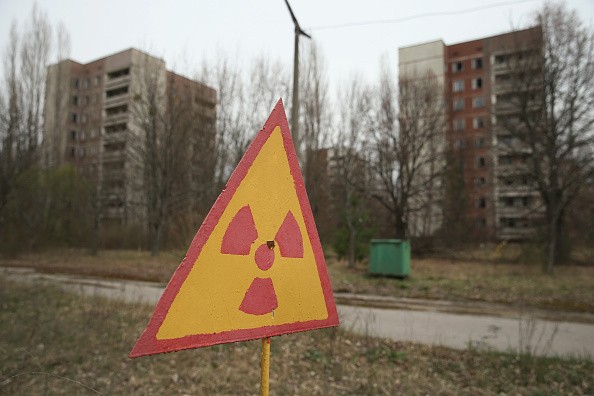Some species of fungi found inside the Chernobyl nuclear power plant have been found to thrive in the radioactive environment, paving the way for a natural radiation shield for humans on the International Space Station (ISS) and beyond.
A preprint of the study awaiting peer review on the repository bioRXiv examines the Cladosporium sphaerospermum--one of the species of fungi found in Chernobyl. Previous studies have shown that the C. sphaerospermum survives in environments with "extreme" radiation levels on Earth.

The study aimed to verify the fungi's capability to attenuate ionizing gamma radiation commonly found in space, possibly being used as a part of a multi-faceted solution for a self-healing, self-replicating radiation shield.
Experimental Setup On-Board the ISS
The research team worked together with Space Tango Inc., an aerospace company based in Lexington, Kentucky, for the design and construction of the experimental setup. Both the flight hardware required and the experimental implementation within the ISS were built in TangoLab facilities.
For the flight-hardware, they used a 4"x4"x8" double unit CubeLab module--a platform with open architecture that allows multiple applications to run independently. Its technological payloads included two Raspberry Pi 3 single-board computers, a DHT22 sensor suite, and an electronic flow-measurement, or EFM, system, among others. One of the single-board computers handled photography, lighting, temperature, humidity, and EFM measurements. The second one was dedicated to radiation measurements taken by installed Geiger counters.
The samples of C. sphaerospermum were provided by Microbiologics, a biotech company in St. Cloud, Minnesota. Cultures were placed in 39g/L potato dextrose agar (PDA), in a two-compartment split Petri dish.
Once prepared, the setup was transported to the ISS via the SpaceX mission CRS-16, whose travel started on December 5, 2018, and ended on January 14, 2019. Data gathered from the pre-flight to on-orbit showed that the fungus could experience faster-than-average growth onboard the International Space Station, due to the ionizing radiation of the space environment.
Fungi Thrive in a Radioactive Environment
On April 26, 1986, the No. 4 reactor of the Chernobyl Nuclear Power Plant in the northern Ukrainian SSR experienced a catastrophic core meltdown. Starting as a safety test accident, it later became the worst nuclear disaster to date.
Five years later, in 1991, scientists discovered some species of fungi that feed on radiation. The fungi strain, Cryptococcus neoformans, was found to contain significant traces of melanin--the same pigment that causes the skin to turn dark. These melanin levels also absorb the radiation in a process called radiosynthesis, similar to how other plants convert carbon dioxide and chlorophyll into glucose and oxygen, but only with radiation as input.
With the latest research from Graham K. Shunk, Xavier R. Gomez, and Nils J.H. Averesch, another strand, the Cladosporium sphareospermum, has been proven to employ the same radiosynthesis to create chemical energy from ionizing radiation.
However, the study delimits the fungi's capabilities as a rudimentary radiation shield in its self-replication from microscopic amounts. On the plus side, since C. sphaerospermum is an organic radiation shield, it has in situ resource utilization potential, which could lead to significant savings in up-mass.
© 2026 ScienceTimes.com All rights reserved. Do not reproduce without permission. The window to the world of Science Times.











